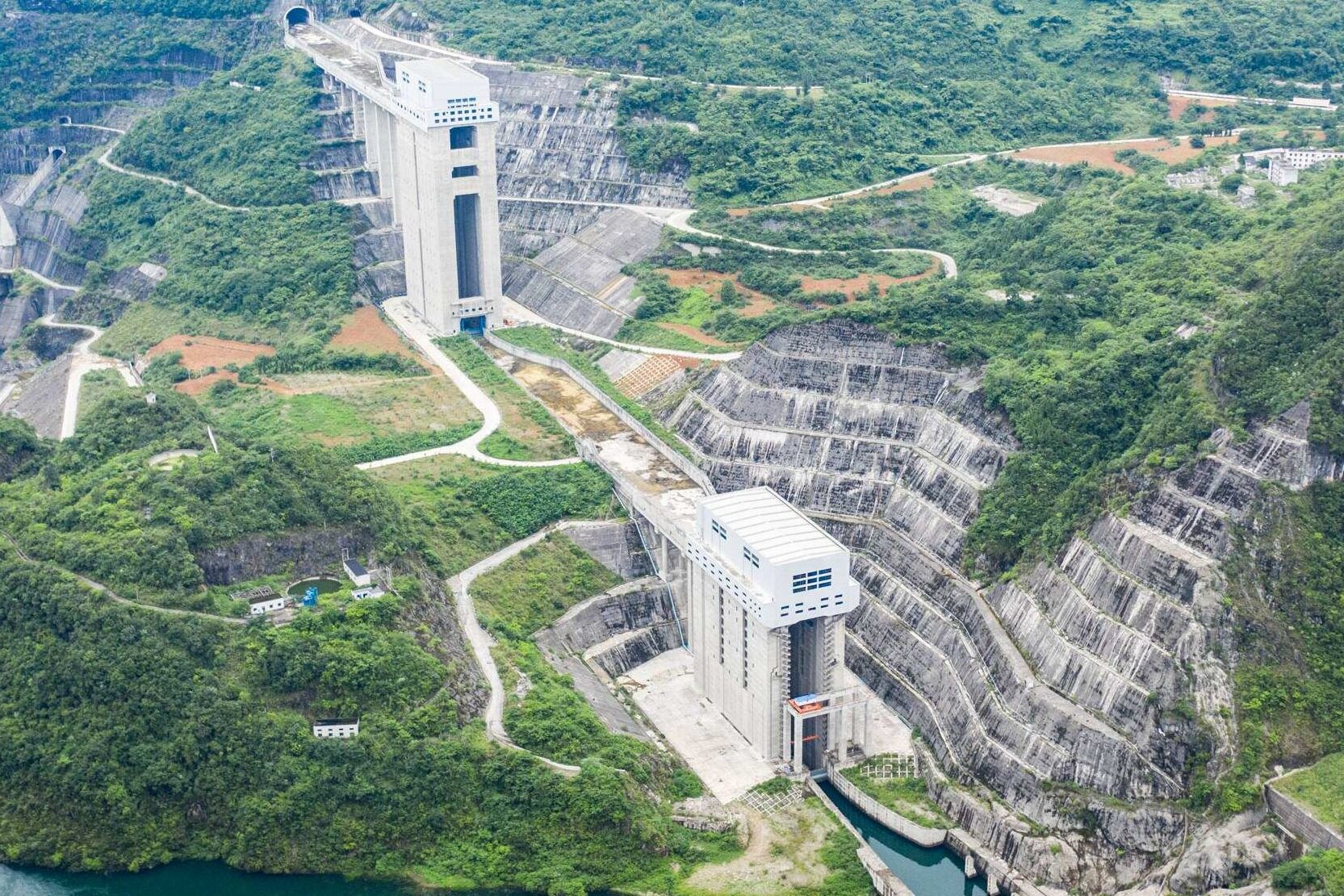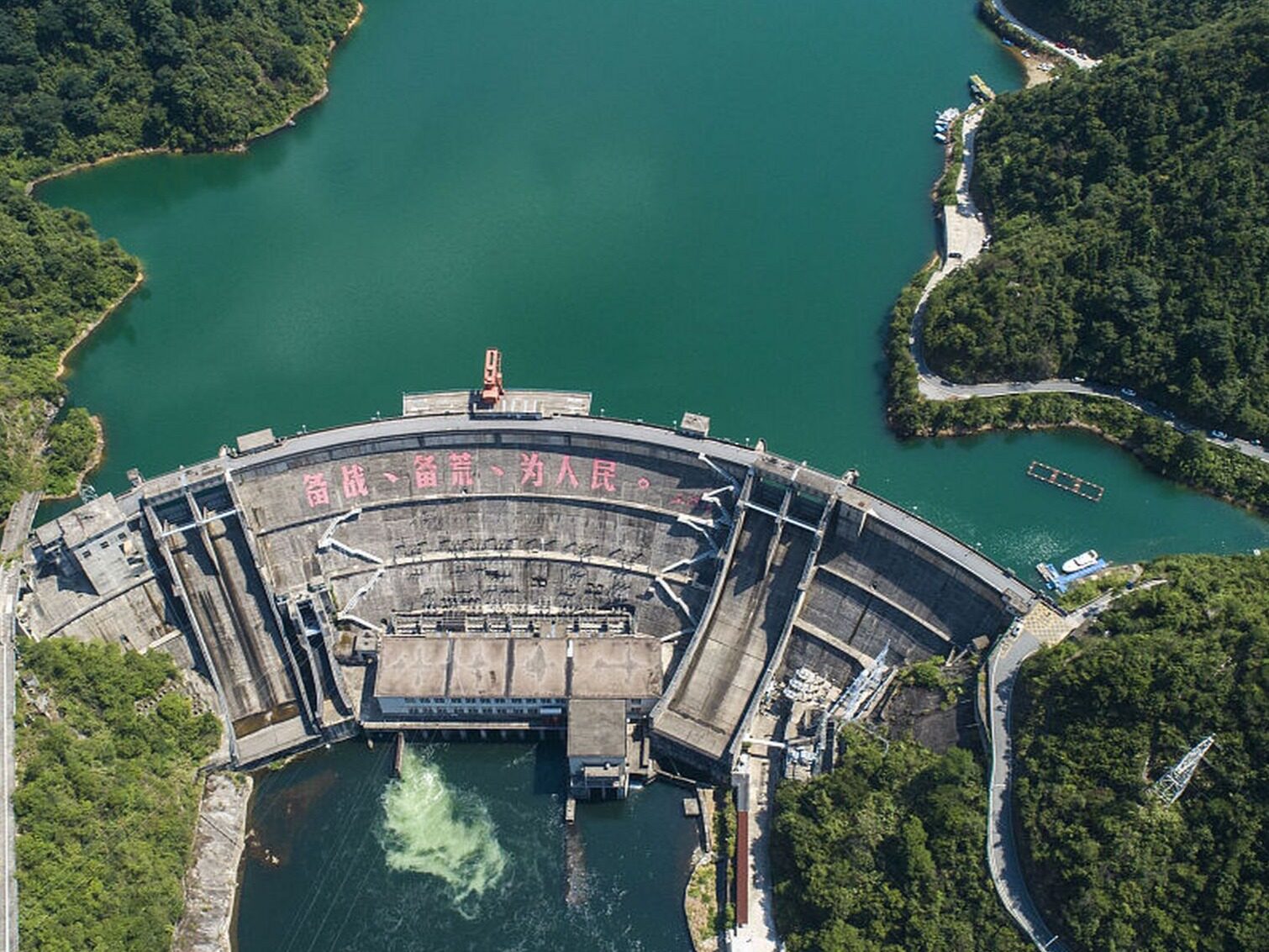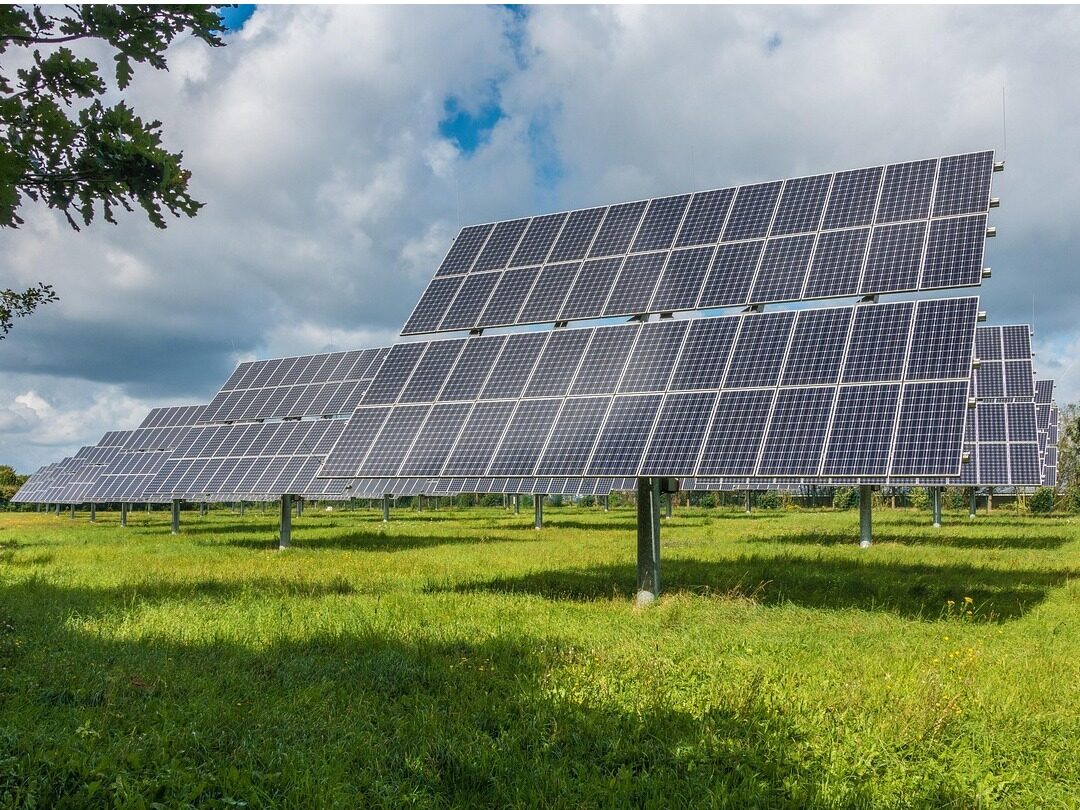- In the future, the growth rate of infrastructure investment will be significantly improved in micro-regions and industries

From a macro perspective: the annual investment growth rate may reach 5% under the background of steady growth. Judging from the compound cumulative year-on-year situation in the past two years, the impact of the epidemic on infrastructure investment has not recovered within two years, and the growth rate has always been lower than expected. The internal cause may be the decrease in the willingness to set up new projects in the short term; the external cause may be that the actual scale of incremental funds is weaker than expected. Nonetheless, under the background of "steady growth" pressure, the important role of infrastructure investment in underpinning economic growth will not change in the short term, and it is expected to achieve a growth rate of about 5%.
Order perspective: According to the correlation between order placement and infrastructure investment, the growth rate may reach 4.5%. The leading construction state-owned enterprises have always been the regular main force of China's infrastructure construction. First of all, based on the historical situation, the total amount of newly signed construction orders by central enterprises in construction in 2021 and the growth rate of newly signed orders in the field of infrastructure construction in 2022 are calculated. Secondly, we found that there is a strong positive correlation between the release scale of infrastructure construction orders from central enterprises and the scale of national infrastructure investment scale. Based on this, it is estimated that the scale of national infrastructure construction investment in 2022 may reach 19.717 billion yuan, an increase of about 4.5% over the estimated scale in 2021.
Funding point of view: The main driving force may come from the deferred 25% special debt, and there is still room for upside. There are many sources of capital for infrastructure investment, including PPP project financing, special debt financing, etc. Due to the difficulty of tracking some sources, this method only back-tests the aforementioned results. In 2020, the large-scale inflow of special bonds into infrastructure investment has reduced the negative impact of the PPP market reduction to a certain extent. Due to the obvious delay in the issuance of special bonds in 2021, we believe that there may be special bonds accounting for nearly 25% of the total size in 2021 that will be deferred to 2022. If other funding sources conform to the changing laws, the deferred special bonds can provide a certain guarantee for the growth rate of 4.5%.
PPP & special bonds: PPP is limited by the local financial red line, and the success of PPP is weak. Special bonds are expected to take over, but the expectations should not be too high. The PPP model has continued to decline in recent years. The problem may lie in the fact that some local governments are highly dependent on central transfer payments, and the pressure on the PPP financial red line is intensifying. The PPP market may still have room for growth in the future, but this may depend heavily on policy flexibility. Although special bonds may be the main driving force for the growth of infrastructure investment in 2022, in the long run, they are likely to be transitional products, and there are problems such as untimely use of funds and declining infrastructure attributes. In the future, infrastructure projects that meet the requirements of special bond issuance may also continue to decrease, and special bond financing will be limited.
Publicly offered REITs: Use the liquidity of the capital market to resolve the liquidity pressure of the government's finances. The capital engine of infrastructure investment has roughly gone through several stages such as local debt, PPP model, and special debt financing. The addition of public REITs can introduce new vitality to the market, or revitalize 1-4% of the overall infrastructure stock assets. However, compared with the market conditions in developed regions, China's REITs-related policies and regulations still need to be further improved. We expect that the REITs market in the mature stage in the future will release a certain amount of government financial capacity with market liquidity; firstly, it can ease the pressure of the project contractor to advance funds, secondly, it can ease the government's debt pressure, and thirdly, it can also satisfy market investors. This will pave the way for China's future infrastructure investment to grow steadily. Editor / Xu Shengpeng
Comment
 Praise
Praise
 Collect
Collect
 Comment
Comment
 Search
Search














Write something~